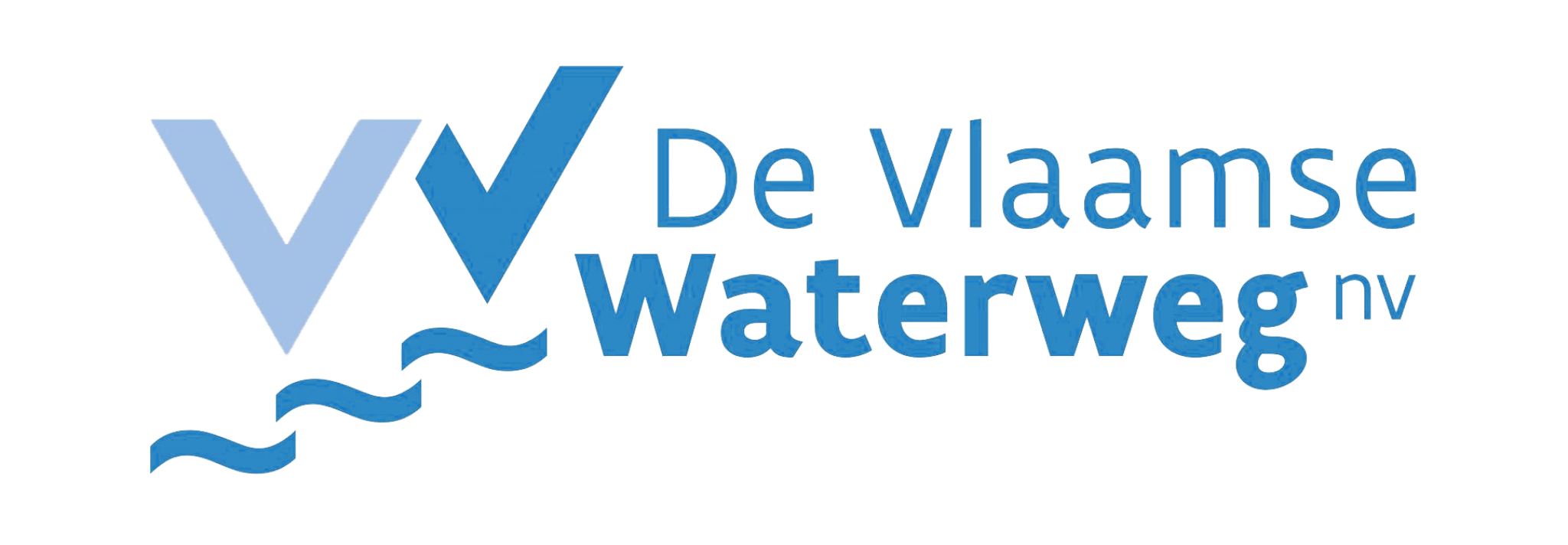Strategy Realization Office, what’s in a name?
Is your PMO facing increased demand, but is it not able to keep up with the strategic needs of the evolving organization? Is it constrained in its ability to pursue strategic enterprise objectives? Or does your company fall short in its potential, not because of bad strategies, but because of a struggle to implement good ones? If this is the case, a Strategy Realization Office (SRO) is your solution. With a Strategy Realization Office and a Project Management Office being very similar in their approach, there are subtle differences between their focus. In this blog we examine the differences and dive deeper into what value they add to your organization.
Why invest in an SRO
Did you know 31% of projects do not meet their strategic goals and business intent? Not because of bad strategies, but because they struggle to implement good ones.
“By investing in a strategically aligned PMO (SRO), every company saw distinct benefits; two-thirds of the companies interviewed saw improved performance in less than six months and realized the value of investing in the PMO within two years.”
Research shows that organizations who invest in a strategically aligned PMO notice:
• a significant increase of 43% on the alignment of selected projects with the organization’s strategic objectives,
• followed by a 27% improvement in customer satisfaction.
Is an SRO for me? – PMO vs SRO
A PMO and an SRO both add value to an organization. But while the PMO is more focused on executing projects in the right way, the SRO is more focused on delivering your organizational strategy – doing the right projects. The SRO will typically force decision making on management level by creating transparency and insights and making scenario’s and analysis.
You can compare a PMO & SRO as follows: a PMO ensures the organization and execution of projects is done efficiently, an SRO – on the other hand – is strategically aligned, which enables the organization to focus on the exact projects that reach strategic objectives faster and therefor, increases effectivity (= #PortfolioFocus).
If you’re looking for a PMO to facilitate project selection, execution and monitoring in compliance with the strategy of the organization, an SRO is definitely for you.
What value does an SRO bring to the table?
An SRO will add value on both strategic as well as operational portfolio management, and thus focus on the portfolio function of a PMO. Below we provide you with some building blocks of how an SRO can help your organization in leveraging value.
On Strategic Portfolio Management, an SRO can bring value by:
• Assuring that the portfolio strategic objectives are defined, and that these objectives as well as the selected projects and programs are aligned with the organizational strategy.
• Setting up a benefit realization management process and assure identification of projects benefits. This includes the tracking of their realization, also when the project is handed over to the line organization.
• Assuring governance meetings on project, program and portfolio level take place and monitor its efficiency (ie. Portfolio board meetings, project SteerCo’s, …).
• Setting up a portfolio selection and prioritization framework. (Define portfolio entry criteria, assess the projects against the selection criteria, provide decision support for identification, selection and prioritization of projects and programs). An SRO should also maintain a register of existing projects and programs as well as new project and program ideas. Facilitating the classification of projects to assure the correct level of sophistication in the use of project methodology and reporting.
On Operational Portfolio Management, an SRO can bring value by:
• Providing a single source of truth for reporting to different audiences, developing and maintaining a portfolio management dashboard, collecting, and challenging reporting data, consolidating projects and programs status reports and by setting up and tracking portfolio office performance metrics.
• Centralizing the project human resources demand within the portfolio and preparing the analysis and reports of project generic and nominative resources demand and supply.
• Being aware of stakeholders with an interest in the organization’s portfolio delivery.
• Monitoring, reporting, and estimating on portfolio (future) spending, CAPEX as well as OPEX.
Position of the SRO in the organization
Strategy realization is best accomplished with an organizational structure and processes designed specifically to ensure focus. The SRO is responsible for strategic communications up and down the organization. It ensures that the strategic requirements are communicated to functional directors and that the strategic initiatives are properly selected for alignment and justification. This is why typically you can find the SRO at corporate level.
Sources: PMI, Pulse of the Profession 2020 & The State of the PMO (2016)












